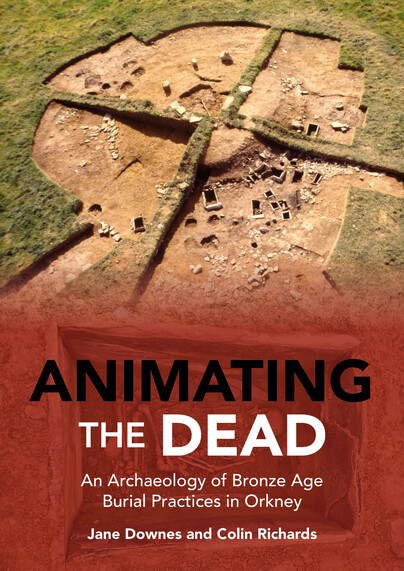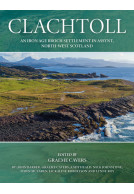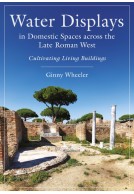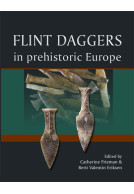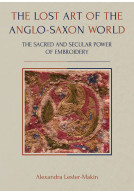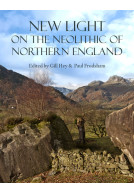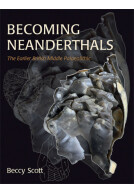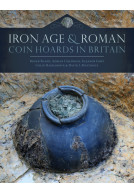Animating the Dead (Hardback)
An Archaeology of Bronze Age Burial Practices in Orkney
Imprint: Oxbow Books
Pages: 480
Illustrations: 300 B/W and colour illustrations
ISBN: 9798888571439
Published: 15th October 2025
Script Academic & Professional
Pages: 480
Illustrations: 300 B/W and colour illustrations
ISBN: 9798888571439
Published: 15th October 2025
Script Academic & Professional
You'll be £32.00 closer to your next £10.00 credit when you purchase Animating the Dead. What's this?
+£4.99 UK Delivery or free UK delivery if order is over £40
(click here for international delivery rates)
Order within the next 11 hours, 33 minutes to get your order processed the next working day!
Need a currency converter? Check XE.com for live rates
(click here for international delivery rates)
Order within the next 11 hours, 33 minutes to get your order processed the next working day!
Need a currency converter? Check XE.com for live rates
This book provides the exciting results of a long-term project examining Bronze Age round barrow construction and burial practices in Orkney, Scotland. A main focus of this research is on the act of cremation; a technology of bodily metamorphosis as articulated through complex mortuary practices, which produced a distinctive form of funerary architecture. This, and other topical themes, are explored through the results of extensive excavations at several barrow cemeteries including Linga Fiold, Gitterpitten, Varme Dale, Vestrafiold and the Knowes of Trotty, the latter being famous for rich grave goods including gold discs and amber beads. In this context, in being built on the ruins of an early Neolithic settlement, Knowes of Trotty provides an intersection of relational fields, fusing local tradition with faraway places.
At Linga Fiold, the barrow cemetery was almost entirely excavated, and by employing sophisticated recovery techniques and analyses, unique evidence is presented for a complex sequence of barrow building and mortuary practices. This enables the reconstruction of an extraordinary ritual journey of the deceased from cremation pyre to final interment.
Additionally, several cist excavations are published here for the first time. This evidence allows an appraisal of the developing cist burial tradition in Orkney through the Chalcolithic and Bronze Age, from the insertion of remains into chambered tombs and large re-enterable unobtrusive cists, to the development of imposing linear barrow cemeteries, to the drawing in of the dead closer to home.
Overall, the new findings presented here allow a reconsideration of the chronology and specifics of changing Orcadian burial technologies and traditions: clearly, such results have significance beyond Orkney for understanding the complexities of Bronze Age cremation and burial practices across Britain and north-west Europe.
Customers who bought this title also bought...
Other titles in Oxbow Books...







